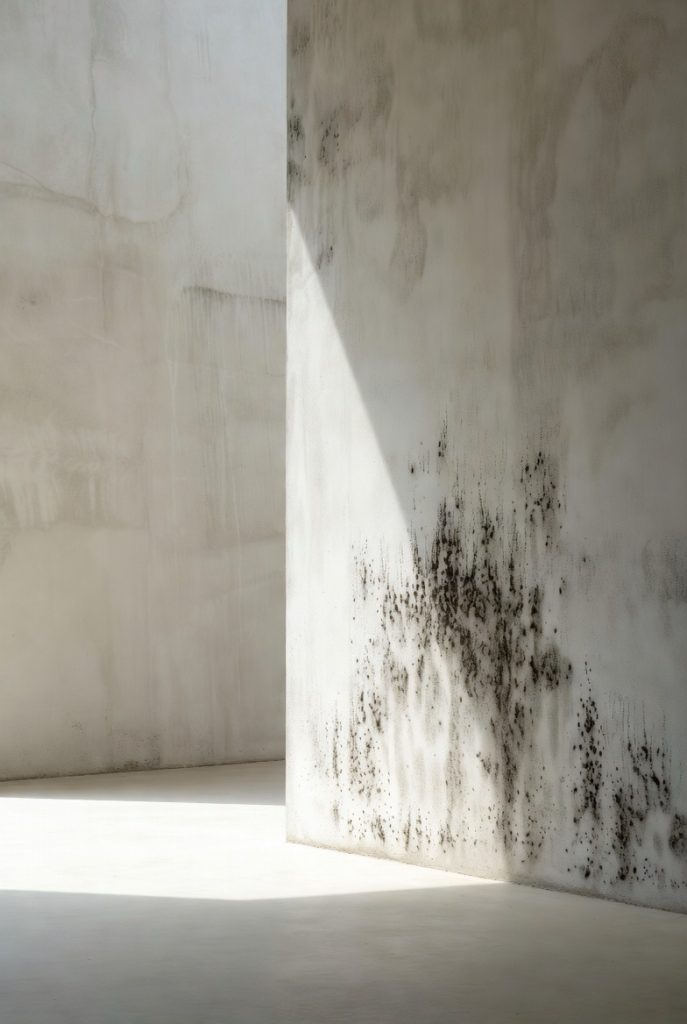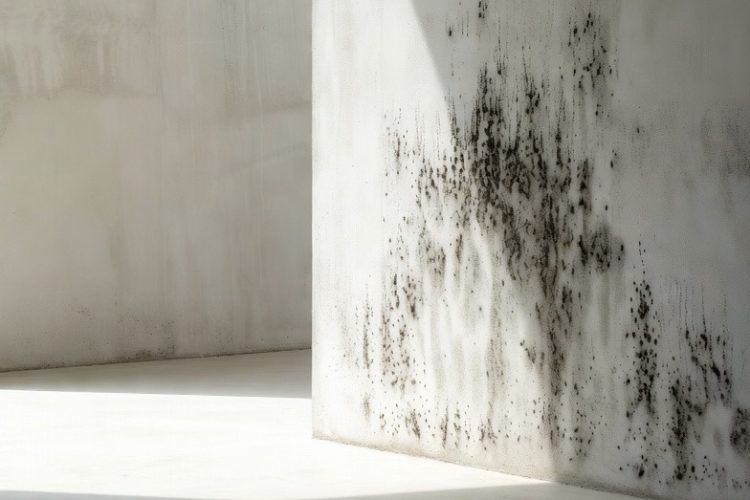Mold in damp homes often causes allergy-like symptoms: stuffy or runny nose, sneezing, coughing, wheezing, itchy/watery eyes, throat irritation, and skin rashes. People with asthma may have worse attacks, and prolonged exposure can lead to sinus problems or rare lung inflammation. Some report chronic fatigue, brain fog, headaches, joint pain, mood changes, digestive issues, and sensitivity to light/sound after living in water-damaged buildings, sometimes linked to mycotoxins or immune reactions, though mainstream health experts say evidence for widespread “mold toxicity” is limited and symptoms often stem from other causes. Symptoms usually improve when you leave the moldy space. At-risk groups include those with allergies, asthma, or weak immune systems. Fix leaks fast, keep humidity below 50%, ventilate well, and clean or remove moldy items. See a doctor for persistent breathing problems or severe reactions—early moisture control and medical evaluation resolve most cases.
Long Version
Mold growth in indoor environments is a widespread problem, especially in areas affected by dampness, leaks, or poor ventilation. Molds are fungi that release tiny spores into the air, and when conditions are moist, species such as Aspergillus, Penicillium, and Stachybotrys (commonly referred to as black mold) can proliferate rapidly. A persistent musty odor is often the first detectable sign of hidden mold.
When people inhale mold spores, fragments, or related irritants, a variety of health effects can occur. The most common reactions involve the respiratory system, eyes, nose, throat, and skin, even in individuals who have never previously shown a mold allergy. Symptoms frequently improve noticeably when the person leaves the affected building for several days, which is a key clue that mold exposure may be the trigger.
Common Allergic and Respiratory Symptoms
The majority of verified mold-related health complaints fall into these categories:
- Stuffy or runny nose, sneezing, nasal congestion
- Chronic sinus congestion or sinusitis
- Coughing, wheezing, chest tightness, shortness of breath
- Sore or irritated throat
- Itchy, watery, or red eyes
- Skin rashes or itching
In people with asthma, mold exposure is a well-established trigger that can worsen symptoms or provoke attacks. Prolonged damp conditions can also lead to hypersensitivity pneumonitis, an inflammatory lung condition that causes flu-like symptoms, cough, and fatigue. These effects occur because molds produce allergens, irritants, and volatile organic compounds that inflame mucous membranes and airways.
Less Common but Serious Reactions
Individuals with weakened immune systems are at risk for actual mold infections in the lungs or sinuses, though this is rare in healthy people. Infants, the elderly, and those undergoing chemotherapy or immunosuppressive therapy are particularly vulnerable.
Systemic Symptoms Sometimes Attributed to Mold
A portion of the population reports broader, persistent symptoms that they associate with mold exposure in water-damaged buildings. These can include:
- Chronic fatigue and weakness
- Brain fog, difficulty concentrating, memory issues
- Frequent headaches or migraines
- Joint and muscle pain without obvious injury
- Numbness, tingling, or nerve-related discomfort
- Dizziness or vertigo
- Heightened sensitivity to light or sound
- Mood changes, anxiety, or low mood
- Digestive disturbances
- Metallic taste in the mouth
- Increased thirst and frequent urination
- Unusual static shocks
Some practitioners link these multi-system complaints to mycotoxins (toxic compounds produced by certain molds), immune dysregulation, or a condition termed chronic inflammatory response syndrome. Associated findings may include low hormone levels, elevated inflammatory markers, nasal colonization with resistant bacteria, and depleted antioxidants. Treatment approaches in this framework often involve removing the person from the environment, using binding agents to remove toxins, addressing sinus infections, and correcting biochemical imbalances.
Mainstream health organizations, however, state that current evidence does not support a direct causal link between typical indoor mold levels and these widespread systemic effects in most people. Such symptoms are common in many other medical and environmental conditions, and thorough medical evaluation is recommended to identify treatable causes.
Who Is Most at Risk?
- Individuals with existing mold allergies or asthma
- People with compromised immune systems
- Infants and young children
- The elderly
- Anyone living or working prolonged periods in damp, water-damaged spaces
When Symptoms Should Prompt Immediate Action
Seek medical attention promptly if you experience:
- Persistent wheezing or shortness of breath
- Cough that will not resolve
- Fever with respiratory symptoms
- Any sudden or severe reaction after entering a moldy environment
Early evaluation by a physician familiar with environmental illnesses can prevent progression.
Prevention and Practical Steps
The most effective way to protect health is to eliminate excess moisture:
- Repair leaks and dry water-damaged areas within 24–48 hours
- Keep indoor humidity below 50% with dehumidifiers or air conditioning
- Ensure good ventilation in bathrooms, kitchens, and basements
- Clean small areas of visible mold with detergent and water; discard heavily contaminated porous items
- For extensive growth, hire experienced remediation professionals
Removing the source of moisture and visible mold almost always resolves or significantly improves symptoms related to typical mold exposure.
In summary, mold in buildings most commonly causes allergic and respiratory problems that are manageable with environmental control and standard medical care. While some individuals experience more complex, persistent symptoms after living in water-damaged environments, a careful, evidence-based approach—starting with moisture correction and thorough health evaluation—offers the safest and most reliable path forward.









